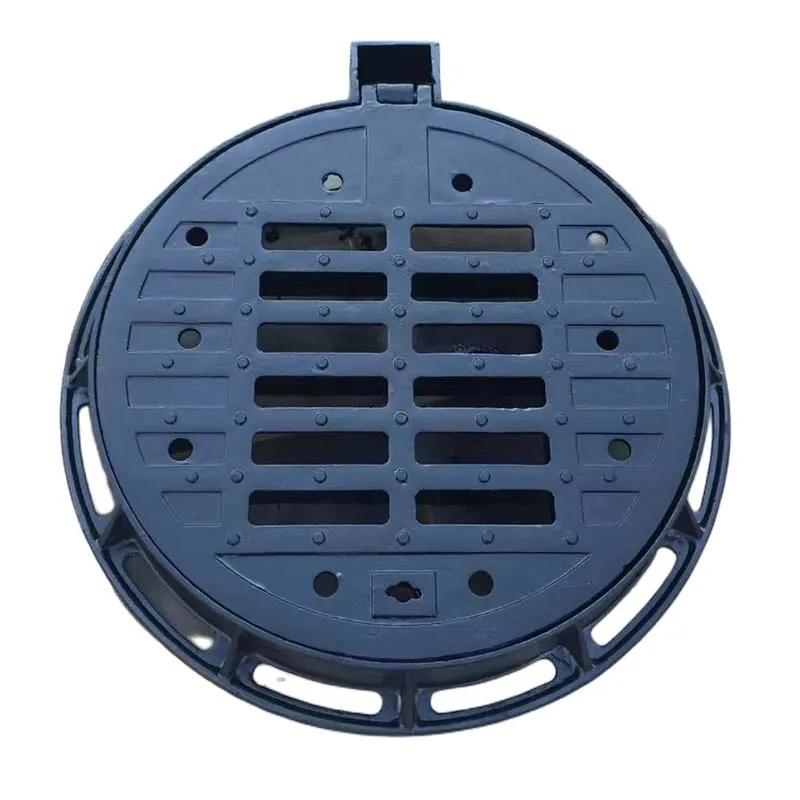Optimizing Performance of Clamp Style Butterfly Valves in Industrial Applications
The Clamp Butterfly Valve An Essential Component in Fluid Control Systems
In the world of fluid dynamics, control systems play a pivotal role in managing the flow of liquids and gases. Among the various types of valves used in these systems, the clamp butterfly valve stands out due to its unique design and functional efficiency. This article explores the features, advantages, and applications of clamp butterfly valves, positioning them as a vital component in various industries.
What is a Clamp Butterfly Valve?
A clamp butterfly valve consists of a circular disc that rotates about a central axis within a pipe. The disc, also known as a butterfly, is mounted on a shaft that allows it to open and close, thus controlling the flow of fluid. The clamp feature refers to the valve's design, which incorporates a clamping mechanism to secure the valve body to the piping system. This design not only facilitates easy installation but also ensures a tight seal against leaks.
Features of Clamp Butterfly Valves
One of the defining features of clamp butterfly valves is their simplicity. The compact design requires minimal space, making them suitable for applications where space is at a premium. Additionally, they are relatively lightweight compared to other types of valves, which reduces the load on the supporting structure of piping systems.
Moreover, clamp butterfly valves are available in various materials, such as stainless steel, PVC, and cast iron, providing a wide range of chemical compatibility. This versatility allows them to be used in diverse environments, including water treatment, food processing, pharmaceuticals, and chemical manufacturing.
Advantages of Clamp Butterfly Valves
2. Quick Operation The quarter-turn operation permits rapid opening and closing, allowing for quick adjustments in the flow of fluids.
clamp butterfly valve

3. Cost-Effectiveness Clamp butterfly valves are generally less expensive than other valve types, making them a cost-effective solution for many applications.
4. Ease of Installation and Maintenance The clamping mechanism simplifies installation and maintenance. Users can easily replace or repair the valve without needing extensive alterations to the pipeline.
5. Versatility With a wide range of sizes and materials, clamp butterfly valves can cater to various industrial needs, making them a versatile choice for fluid control.
Applications of Clamp Butterfly Valves
Clamp butterfly valves find a plethora of applications across multiple industries. In the food and beverage sector, they are commonly used to control the flow of liquids and slurries within processing systems. Their smooth internal surfaces prevent residue build-up, ensuring hygienic operations.
In the chemical industry, these valves handle corrosive substances due to their durable materials, providing reliable performance in harsh conditions. Additionally, in water treatment facilities, clamp butterfly valves are employed to regulate the flow of water, enabling efficient processing and distribution.
Furthermore, the pharmaceutical industry utilizes clamp butterfly valves in various processes, from raw material handling to packaging. Their capability to provide tight seals minimizes contamination risks, which is crucial in maintaining product integrity.
Conclusion
In conclusion, the clamp butterfly valve represents a significant advancement in fluid control technology. Its efficient design, combined with cost-effectiveness and versatility, makes it an ideal choice for diverse applications across multiple industries. As companies continue to seek reliable and efficient solutions for their fluid management needs, clamp butterfly valves will undoubtedly remain an essential component in their operations. Whether in food processing, chemical manufacturing, or water treatment, the importance of these valves in enhancing operational efficiency and safety cannot be overstated.
-
The Smarter Choice for Pedestrian AreasNewsJun.30,2025
-
The Gold Standard in Round Drain CoversNewsJun.30,2025
-
The Gold Standard in Manhole Cover SystemsNewsJun.30,2025
-
Superior Drainage Solutions with Premium Gully GratesNewsJun.30,2025
-
Superior Drainage Solutions for Global InfrastructureNewsJun.30,2025
-
Square Manhole Solutions for Modern InfrastructureNewsJun.30,2025
-
Premium Manhole Covers for Modern InfrastructureNewsJun.30,2025
